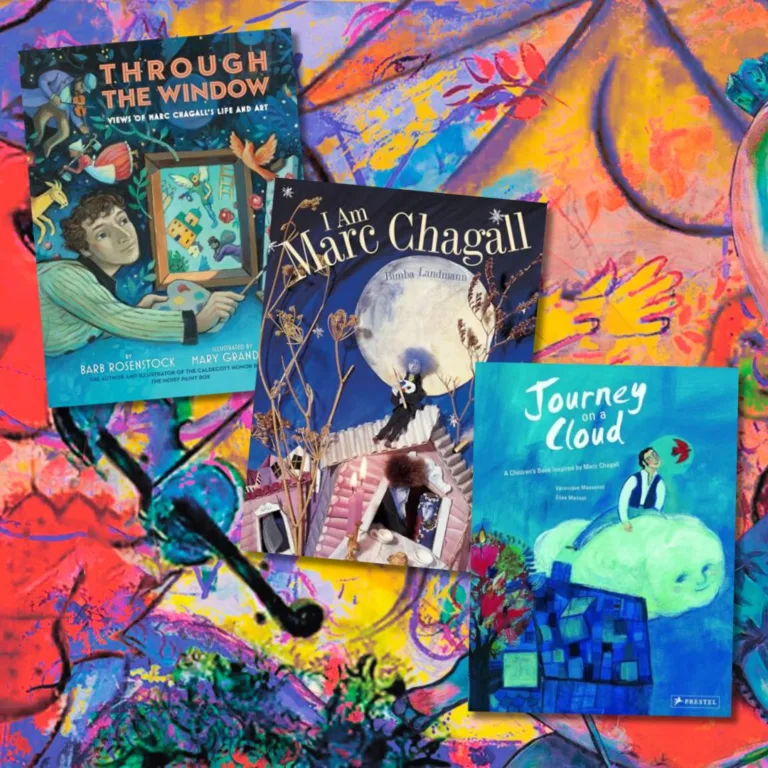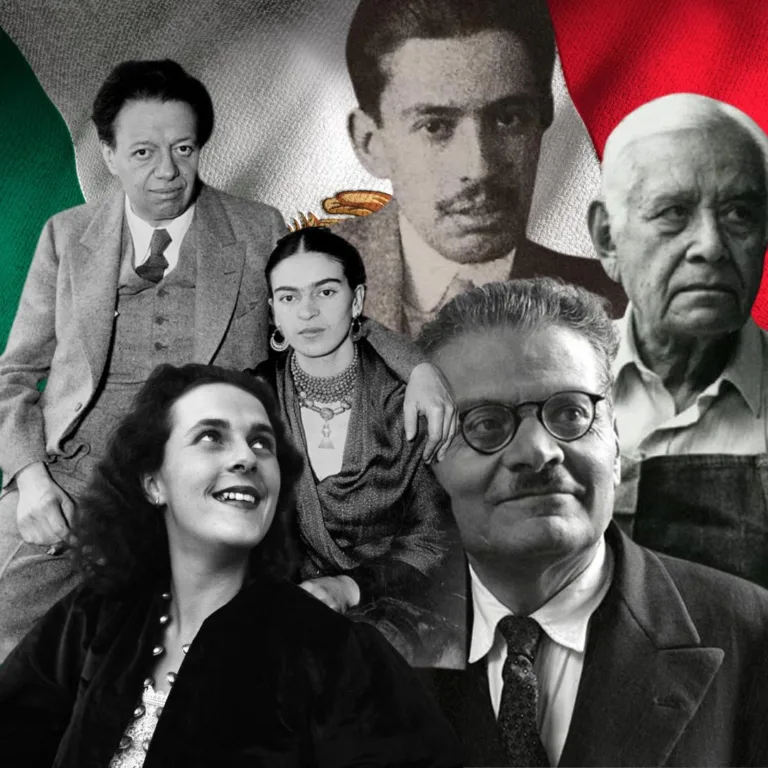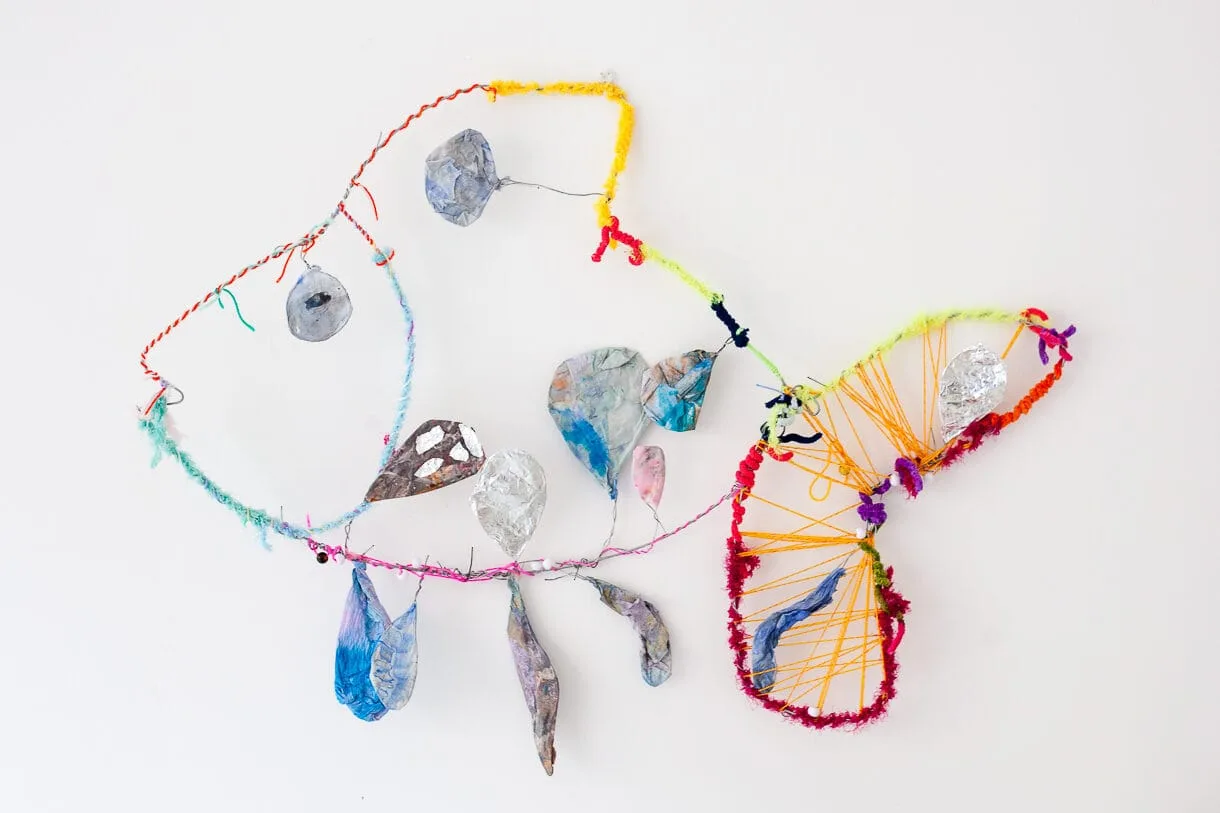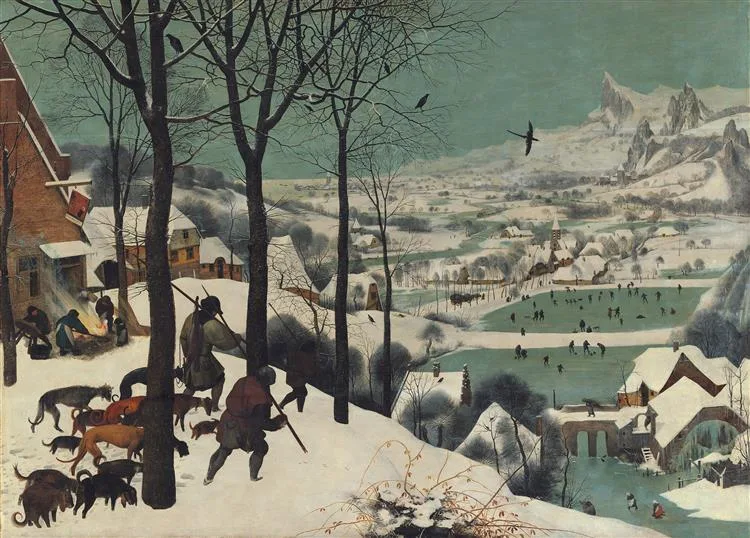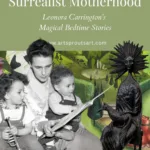Raised by Surrealism: Leonora Carrington’s Bedtime Stories
What’s it like to grow up with a surrealist mother? For Gabriel and Pablo, the sons of Leonora Carrington, the answer to that question might include visions of dreamlike creatures painted on their bedroom walls, bedtime stories that made the everyday world seem malleable, and a home that felt more like a living work of art than a traditional family space.
Leonora Carrington was not your typical mother. A pioneer of surrealism, her life was filled with the strange and the magical, and she made no effort to separate that from her home life. Raised in a house where paintings, stories, and sculptures existed alongside grocery lists and school books, her children grew up surrounded by creativity, absurdity, and a sense that the boundaries between reality and imagination were always up for debate.


Bedtime Stories Straight From a Surrealist Mind
For most children, bedtime stories are meant to soothe or entertain. But in the Carrington household, these nightly rituals were an invitation to enter a completely different world—one that wasn’t constrained by logic or convention. Leonora invented characters like Señor Mustache Mustache, who had two thick, swirling mustaches with personalities of their own, and a mysterious taco vendor whose motives were anything but ordinary.
But these stories weren’t confined to words. The walls of Gabriel and Pablo’s bedroom were alive with surreal paintings their mother had created, turning their sleeping space into an extension of the world Leonora had invented for them. Every night, the boys would fall asleep under the watchful eyes of the creatures their mother had dreamed up. In a 2021 interview, Gabriel remembered how these tales could be “funny, sometimes frightening, but always imaginative,” giving him a childhood where the line between dreams and reality didn’t exist.


Surrealism and Motherhood Collide
Carrington’s role as a mother was inseparable from her identity as a surrealist artist. In many ways, she treated her children the way she treated her paintings: as open canvases for creation, where anything could happen, and the rules were hers to define. Her storytelling wasn’t about teaching lessons or comforting her children before sleep. It was about challenging them to think in strange, new ways—to see the world as a place where the extraordinary was possible.
Read also:
- Play Like a Surrealist: 13 Surrealist Games and Techniques to Unleash Kids Creativity
- Exquisite Corpse for Kids: 4 Surrealist Games to Boost Creativity in the Classroom
Her home in Mexico City was a living, breathing extension of this surrealism. The vibrant, colorful walls, filled with pre-Colombian sculptures and masks, paintings of fantastical creatures, and relics from her past, made the house feel like a portal to another realm. For Gabriel and Pablo, growing up in this space meant that art wasn’t something confined to galleries or studios—it was woven into every aspect of their daily lives. Their mother’s work and her life were one and the same.



A Life Between Two Worlds: Mexico and England
For Gabriel and Pablo, having a surrealist mother also meant being raised in a house filled with contradictions. Their mother, who had been born into an upper-class English family, had fled her conventional upbringing to embrace the avant-garde world of surrealism in France, then Mexico. But Carrington’s relationship with her past was complicated. While she had rejected the traditions of her English upbringing, she never completely severed ties with them, and traces of this old world crept into the way she raised her sons.
- 10 Iconic Mexican Artworks Kids Should Know
- Into Frida Kahlo’s Kitchen: The Mexican Food That Inspired Her Art and Life
Living in Mexico added another layer of complexity to their upbringing. The boys grew up steeped in both Mexican culture and their mother’s surrealist, often European sensibilities. Their home was full of the rich, earthy vibrancy of Mexico—its folklore, food, and art—while Leonora, as a foreign woman living in Mexico, navigated her own complicated relationship with the country.


This tension between the worlds she had come from and the one she had built in Mexico was present in her art, her stories, and her parenting. Carrington raised her children to straddle these two realities: the surrealist world she had created for herself and the real world of Mexico, where they were raised.
Motherhood, Art, and Identity: The Personal Impact
Carrington’s life was marked by intense personal experiences: from her early rebellion against her family’s wealth in England, to her love affair with Max Ernst, to the trauma of institutionalization during World War II. These experiences deeply influenced her as both an artist and a mother. While she rarely discussed her past with her children, the shadows of these personal struggles bled into the stories she told and the art she created.
For Gabriel and Pablo, growing up with Leonora Carrington meant being immersed in a world shaped by her vivid imagination, but also by the traumas and challenges of her earlier life. Carrington’s surrealist philosophy—a constant rejection of convention and a desire to reinvent reality—stemmed from her personal experiences, and it extended into every corner of her home.
This philosophy informed how she raised her children and shaped her view of the world, where magic and transformation were always possible.


A Surreal Legacy
Carrington’s legacy goes far beyond the stories she told her children. Her surrealist worldview influenced not only her family life but also her art, which continues to inspire and resonate today. The stories she created for Gabriel and Pablo became part of her broader creative output, embodied in works like The Milk of Dreams, which transcended the personal to inspire a global audience.
Her fantastical creations, whether on canvas or in the pages of a storybook, invite us to explore the world with curiosity and wonder. Her ability to blur the boundaries between art and life, the ordinary and the extraordinary, is what makes her legacy so enduring.
From the surreal worlds she painted to the tales she told her sons, Carrington left behind a body of work that continues to challenge our perception of reality and remind us that imagination has no limits.


Decades later, The Milk of Dreams would inspire the 2022 Venice Biennale, a testament to the lasting impact of Carrington’s creativity. Her art and stories live on, reflecting the same whimsical, surreal vision that defined her life.
Whether through her paintings, her writing, or the magical spaces she created, Leonora Carrington remains a powerful figure whose imagination continues to inspire artists and dreamers alike.
Save for Later:







